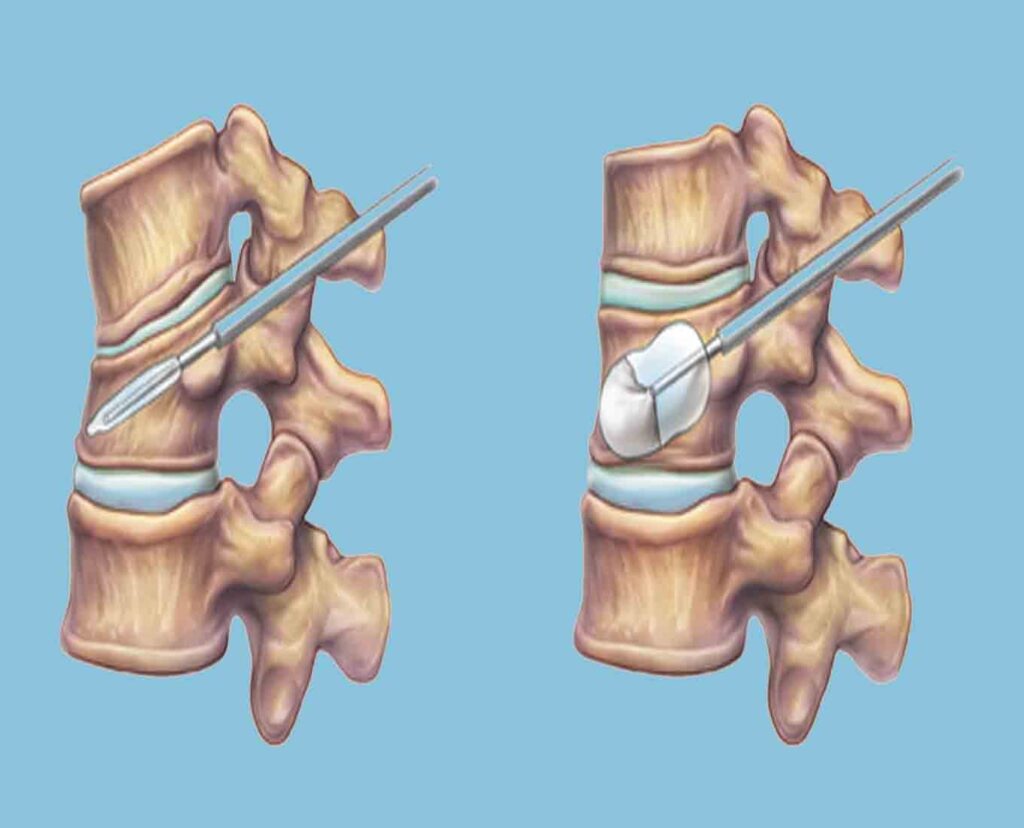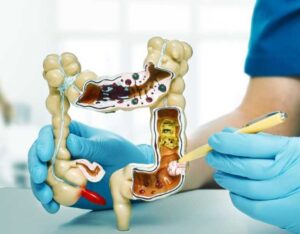
Kyphoplasty is a minimally invasive procedure designed to treat spinal compression fractures, often caused by osteoporosis or trauma. By stabilizing the affected vertebra and restoring height, kyphoplasty can significantly reduce pain and improve mobility. Understanding the process helps ease concerns and set realistic expectations. Here’s more information on what to expect during a kyphoplasty procedure:
Why Is Kyphoplasty Performed?
Kyphoplasty is a minimally invasive spine augmentation procedure designed to treat vertebral compression fractures. The procedure utilizes a balloon-like device to restore the vertebra’s height, followed by the injection of bone cement to stabilize the fracture. The procedure addresses vertebral fractures caused by osteoporosis, cancer, or traumatic injuries. These fractures can cause the vertebra to collapse, leading to severe pain and spinal deformity. Kyphoplasty helps restore vertebral height and provides immediate stabilization of the fractured bone.
How Do You Prepare?
Preparation begins with a thorough medical evaluation to determine candidacy for the procedure. Your doctor will review your medical history, current medications, and perform physical examinations. Imaging studies, such as X-rays or MRI scans, help identify the location and severity of vertebral fractures.
Pre-procedure instructions typically include adjustments to medication and fasting requirements. Your doctor may ask you to stop taking certain medications, particularly blood thinners, several days before the procedure. You will need to refrain from eating and drinking for several hours before your scheduled treatment time.
Transportation arrangements are fundamental for the procedure day. The anesthesia used during kyphoplasty prevents you from driving afterward. Make sure a family member or friend can provide transportation home and stay with you during initial recovery hours.
What To Expect During Kyphoplasty?
The vertebral augmentation begins with anesthesia administration to make sure your comfort throughout the procedure. Most patients receive conscious sedation or general anesthesia, depending on their medical condition and the doctor’s recommendation. The anesthesia helps you remain relaxed and pain-free during treatment.
Your doctor uses X-ray guidance to precisely locate the fractured vertebra and insert a small needle through the skin. A balloon device is then inserted through the needle and carefully inflated to create space within the collapsed vertebra. This step helps restore the vertebra’s original height and creates a cavity for placing the cement.
Once optimal vertebral height is achieved, the balloon is removed, and bone cement is injected into the created space. The cement hardens quickly, providing immediate stabilization of the fracture. The needle is then withdrawn, and no stitches are required since the incision is very small.
What Does Recovery Look Like?
Initial recovery occurs in a monitored setting where medical staff observe you for any immediate complications. Most patients can go home the same day once the anesthesia effects wear off completely. You may experience mild soreness at the needle insertion site, which typically resolves within a few days.
Activity restrictions help protect the treated area during the initial healing process. Avoid heavy lifting, strenuous exercise, and activities that involve twisting or bending for several weeks. Your doctor will provide specific guidelines tailored to your individual situation and the number of vertebrae being treated. Follow-up appointments enable your medical team to monitor your healing progress and adjust activity recommendations as needed.
Schedule Your Kyphoplasty Consultation Today
Kyphoplasty provides an effective treatment option for vertebral compression fractures that cause persistent pain and disability. The minimally invasive nature of this spine augmentation procedure allows for quick recovery while providing significant pain relief. If you are experiencing back pain from vertebral fractures, contact a trusted pain management specialist near you to schedule a consultation to discuss whether kyphoplasty is right for you.





